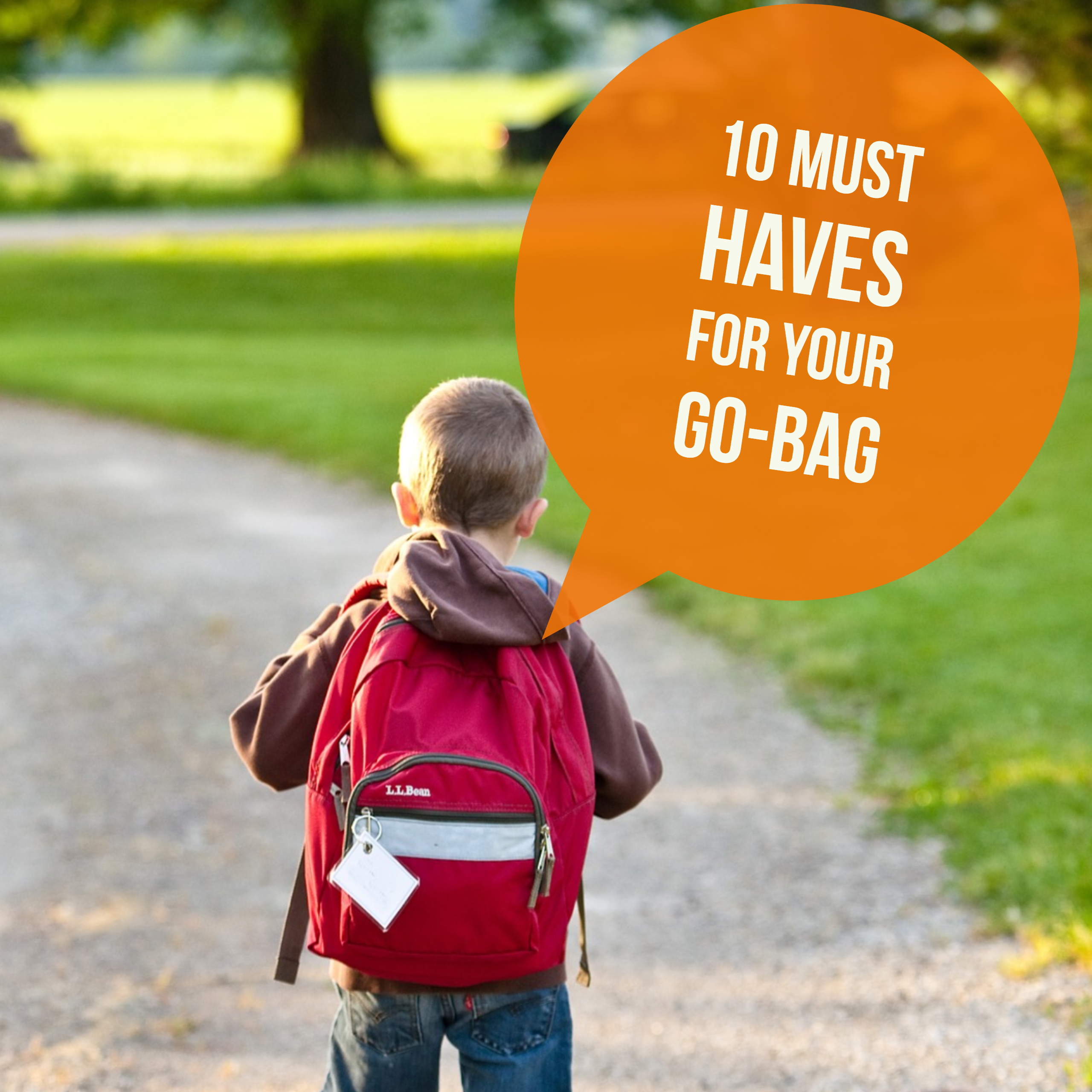Emergencies happen when you least expect them. Don't be scared, be prepared! Your survival will largely depend on how prepared you are when disaster strkes or when an emergency situation happens. Living in "earthquake country" has taught us what to do when the earth moves beneath our feet. But there is more to Drop Cover Hold; an earthquake is just one of many emergencies and disasters one may encounter. We encourage everyone to have one go-bag each in the office, in the car, and at home. A go-bag is a kit that holds items to help you escape and get you to a defined point of safety, or sustain you until help arrives. Below are recommendations of what you should have in these bags. These are recommendations; your needs may require items that are not be listed here (e.g. if you have infants or little children or elderly people in your household). Personalize your go-bags; include specific items that you know is essential to your survival. Remember to keep it light; your go-bag should not hamper your movement during a disaster. Try to keep it simple and specific to your needs. Finally, keep it easily accessible by all the members of your household. Put it in a location where you see it every day. It will not serve its purpose if it is hidden in a closet or on top of a shelf.
Tip: Have your photo identification and list of emergency contacts on your person at all times.
Home or Office ~
Batteries (assorted); blanket; can opener; cash or travellers checks; cell phone charger and back-up batteries; change of clothes including socks and shoes; chlorine bleach and medicine dropper to purify water; drinking water (1 gallon/person/day); family documents (copies); disposable gloves, cups, plates and utensils; fire extinguisher; first-aid kit; flashlight; hand sanitizer, maps; masks; matches (in waterproof bags); medications (long-term prescriptions and over-the-counter); moist towelettes; multi-tool pocket knife; non-perishable food (3-day supply/person); pen and paper, personal hygiene items and toiletries; plastic bags and ties; prescription glasses (spare) and contact lens needs; sleeping bag; toilet paper; weather radio; whistle; wrench or pliers
Car ~
Batteries (assorted); blanket; can opener; candles; car battery charger; car escape tool; car user manual; cash or travellers checks; cell phone charger and back-up batteries; change of clothes including socks and shoes; chlorine bleach and medicine dropper to purify water; drinking water (1 gallon/person/day); disposable gloves, cups, plates and utensils; fire extinguisher; first-aid kit; flares; flashlight; gas can (2.5 gallon, no-spill); gas funnel; hand sanitizer, ice scraper; jumper cables; maps; masks; matches (in waterproof bags); moist towelettes; motor oil; multi-tool pocket knife; non-perishable food (3-day supply/person); pen and paper, personal hygiene items and toiletries; plastic bags and ties; rain coat; reflective triangle; rope; shovel (foldable); sleeping bag; spare tire and jack; tire pressure gauge; toilet paper; towing strap; umbrella; whistle
Maintaining your Go-Bags
- Revisit your go-bag every year and update as your needs change
- Replace expired items as needed
- Store boxed food in tightly-closed plastic or metal containers
- Keep canned food in a cool, dry place
Below are links to help you assemble your go-bags:
https://www.ready.gov/build-a-kit
https://bugoutbagacademy.com/car-emergency-kit-must-haves/
https://lifehacker.com/30-essential-things-you-should-keep-in-your-car-1263514115

